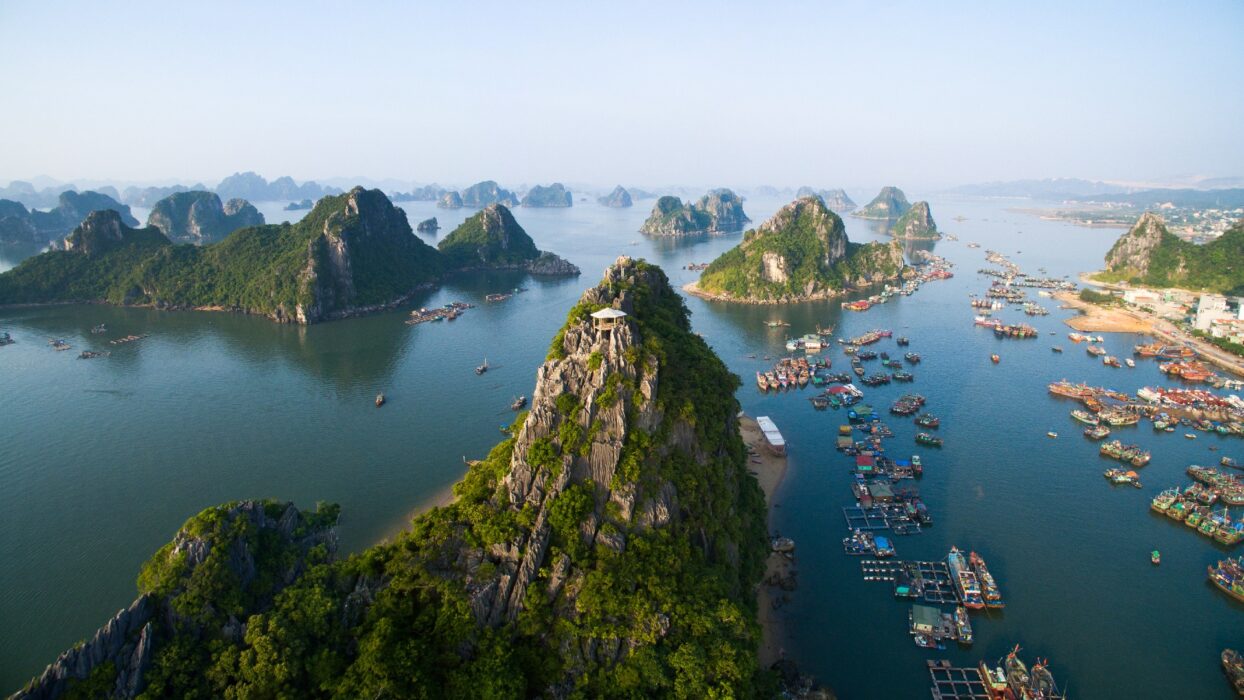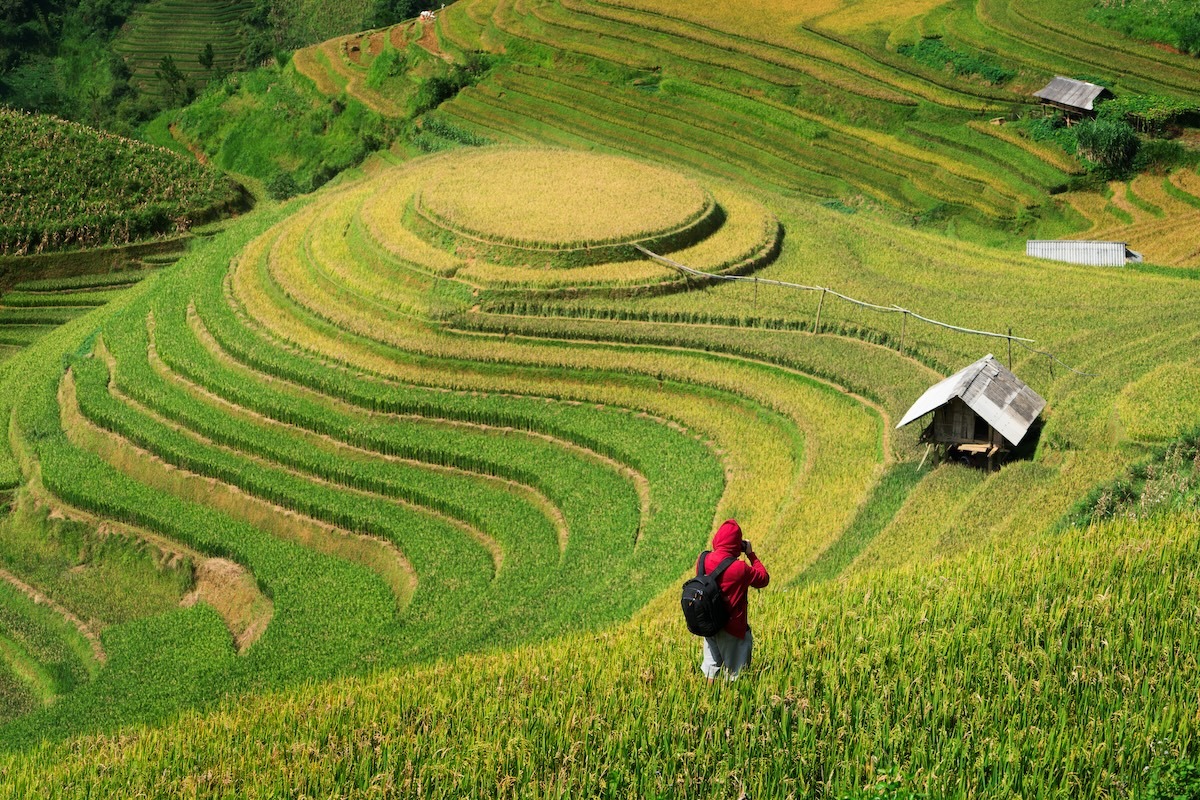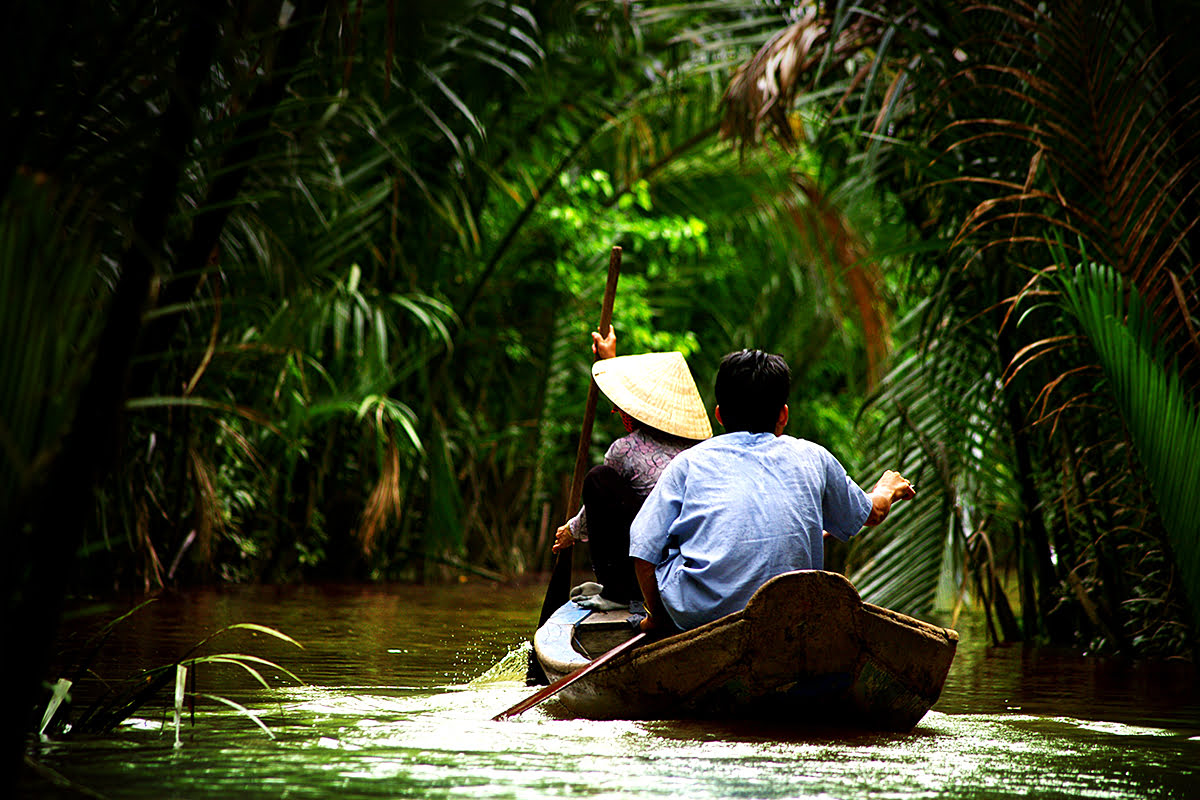Vietnam is a country of mesmerizing landscapes, rich history, and vibrant culture. Planning the perfect trip requires understanding the best time to visit Vietnam, as this charming nation experiences diverse weather patterns, hosts numerous festivals, and offers a plethora of activities year-round. In this guide, you’ll find everything you need to know to ensure your Vietnamese adventure is nothing short of extraordinary.
Understanding Vietnam’s Climate and Weather Patterns
Vietnam stretches across three distinct regions – the North, Central, and South – each with its unique climate and weather patterns. Knowing the seasonal variations is crucial to planning your trip:
North Vietnam
In Northern Vietnam, which encompasses Hanoi, Sapa, and Ha Long Bay, the climate is characterized by four distinct seasons:
- Winter (December to February): Expect cool and dry weather with average temperatures ranging from 10°C to 20°C. This is the best time to explore Hanoi and the rice terraces in Sapa.
- Spring (March to April): Spring brings mild weather and blossoming flowers. It’s an excellent time for trekking in Sapa and cruising in Ha Long Bay.
- Summer (May to August): This period is hot and humid, with temperatures soaring up to 32°C. Frequent rain showers occur, making it less ideal for outdoor activities.
- Autumn (September to November): Autumn offers pleasant weather with moderate temperatures. It’s the perfect season for sightseeing and enjoying the scenic landscape.
Central Vietnam
Central Vietnam, which includes cities like Da Nang, Hoi An, and Hue, also experiences four distinct seasons but with varying intensities:
- Winter (December to February): Mild and relatively dry weather with temperatures around 20°C. A great time to explore historical sites in Hue and the ancient town of Hoi An.
- Spring (March to May): Pleasant, warm weather conducive for beach activities in Da Nang and exploring Hoi An.
- Summer (June to August): Hot and humid with temperatures reaching up to 35°C, but perfect for beach lovers. Typhoons may occasionally affect travel plans.
- Autumn (September to November): This season is rainy due to the monsoon, but temperatures remain comfortable around 25°C to 30°C.
South Vietnam
Southern Vietnam, home to Ho Chi Minh City, the Mekong Delta, and Phu Quoc Island, has a tropical climate with two primary seasons:
- Dry Season (December to April): The best time to visit with temperatures ranging from 25°C to 30°C and little to no rain, ideal for exploring Ho Chi Minh City and island hopping in Phu Quoc.
- Rainy Season (May to November): Frequent downpours and higher humidity levels, with temperatures between 24°C and 31°C. However, the Mekong Delta looks lush and green during this time.
Festivals and Events in Vietnam
Vietnam’s culture is vibrant and diverse, with numerous festivals celebrated throughout the year. Attending these festivals can add excitement and insight into your trip.
Tet (Lunar New Year)
Tet is the most important festival in Vietnam, celebrated in late January or early February. The entire country comes alive with traditional customs, colorful decorations, and family reunions. Cities like Hanoi and Ho Chi Minh City are adorned with flower markets and street parades.
- Traditional Foods: Banh Chung (Square Sticky Rice Cake), Gio Lua (Vietnamese Ham)
- Activities: Lion dances, visiting pagodas, and family gatherings
Mid-Autumn Festival
Held in September, the Mid-Autumn Festival is celebrated with lantern parades, mooncakes, and lion dances. It’s a time for children and families to come together and enjoy various cultural activities.
- Traditional Foods: Mooncakes, fruits
- Activities: Lantern parades, lion dances, and performances
Hue Festival
The Hue Festival takes place in April biennially, celebrating the history and culture of the ancient capital of Hue. It features traditional music performances, dragon boat races, and reenactments of royal ceremonies.
- Traditional Foods: Bun Bo Hue (Spicy Beef Noodle Soup), Che (Sweet Soup)
- Activities: Music performances, boat races, and traditional games
Hoi An Lantern Festival
On the 14th day of every lunar month, Hoi An hosts the Lantern Festival. The old town shuts off its electric lights, and the streets are lit with colorful lanterns. Traditional music and games add to the charm.
- Traditional Foods: Cao Lau (Noodle Dish), Banh Bao Vac (White Rose Dumplings)
- Activities: Releasing lanterns on the river, traditional games
Top Activities to Enjoy in Vietnam
Vietnam offers a range of activities for all types of travelers. Whether you’re an adventure seeker, a history buff, or simply looking to relax, there’s something for everyone.
Trekking in Sapa
Sapa, located in the northern mountains, is famous for its terraced rice fields and ethnic minority communities. The best time for trekking in Sapa is between March and May, or September to November, when the weather is favorable, and the landscapes are stunning.
Exploring Ha Long Bay
A UNESCO World Heritage site, Ha Long Bay is known for its emerald waters and limestone islands. The best time to visit Ha Long Bay is between October and April, when the weather is cool and dry. Activities include cruising, kayaking, and exploring caves.
Relaxing on Phu Quoc Island
Phu Quoc Island is a tropical paradise with pristine beaches and clear waters. The best time to visit is during the dry season, from November to April. Enjoy snorkeling, diving, and sunbathing on the island’s beautiful beaches.
Exploring the Mekong Delta
The Mekong Delta is a unique region with a vast network of rivers, floating markets, and lush landscapes. The best time to visit is during the dry season, from November to April. Activities include boat tours, visiting fruit orchards, and experiencing local life.























